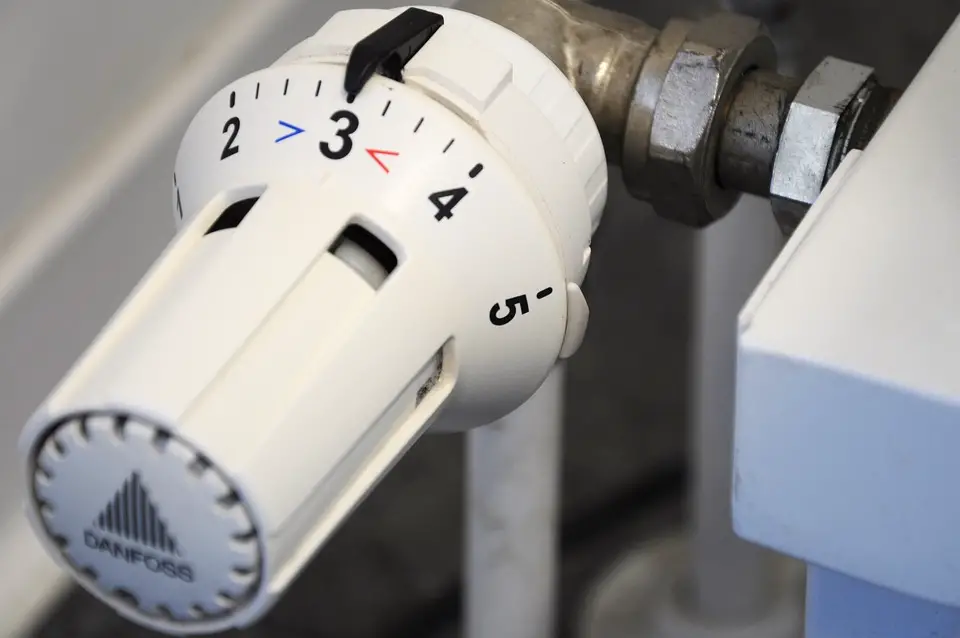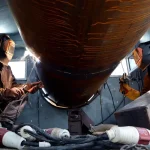As Morski writes, in order to tolerate the cold weather this winter, and in the absence of cheap Russian gas, some countries are urgently trying to establish floating terminals before winter, with which they would buy liquefied gas mainly from the USA, but also from other sources.
In August, the Croatian Government decided to invest an additional 180 million euros in expanding the capacity of the LNG Terminal on the island of Krk, and RTL reporter Boris Misevic spoke with the director of LNG Croatia, Hrvoj Krhen.
The current capacity of 2.9 billion cubic metres of gas is converted into 6.1 billion cubic metres, and as for the financiers, a smaller part of the money, 25 million euros of it, will go to the technical modifications of the LNG Terminal, and 155 million euros will go to the construction of the Zlobin Bosiljevo gas pipeline.
”Regarding capacity expansion of the LNG Terminal, we’re going to make a technological modification on the vessel, so that we’ll install one additional module for regasification and in this way we will increase the possibility of delivering the amount of natural gas into the system,” explained Krhen, adding that there will be no problems with the supply, that the terminal will continuously supply gas, and that the operation itself will be completed within a period of thirty days.
When asked if they can fully supply the whole of the Republic of Croatia with gas in the event that the delivery of Russian gas stops, Krhen said:
”For the part of the year which requires heating that begins on October the 1st, we’ve announced 31 carriers, which is the equivalent of 2.7 billion cubic metres of natural gas that will reach the domestic market via the LNG Terminal. We believe that with domestic production and storage capacities, that gas will be available to our market. The LNG Terminal, along with production capacities and storage capacities, can meet the market’s needs for natural gas,” he emphasised.
When asked if there is a danger that the tenants of the terminal will transfer somewhere else and the gas eventually ends up not being supplied to Croatia, he said that there is no room to worry about anything of the sort occurring.
”We have six tenants and all these companies operate here on the territory of the Republic of Croatia and so far, considering the quantities delivered since the beginning of operations, which are over 3.2 billion cubic metres, the vast majority of this gas has remained here in the country,” concluded Krhen.
For more, make sure to check out our dedicated lifestyle section.












